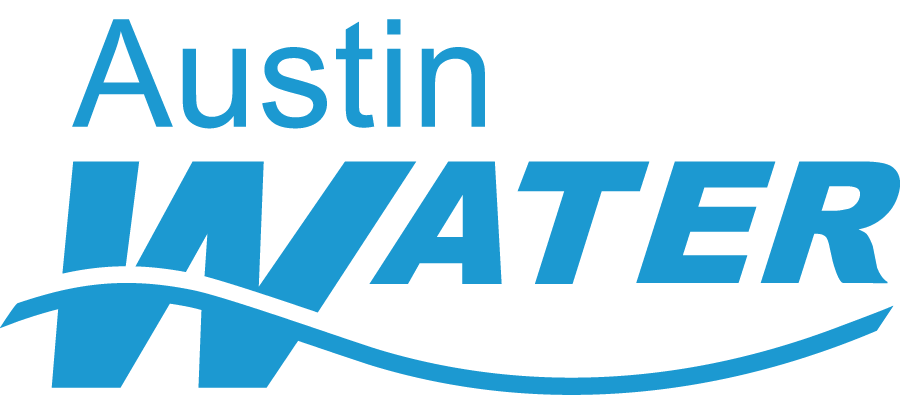Austin Water Utility requires a Site Certificate of Occupancy (CO) for customers using an auxiliary water source. This certifies the customer’s compliance with Water Protection Program requirements for protecting the drinking water system and for setting and retaining potable and/or reclaimed water service meters. This plan review process gives you an overview of CO requirements; however, this does not cover all City of Austin requirements.
Most of the requirements to install and use auxiliary water may be found in Chapter 16 of the latest adopted Plumbing Code, as amended (Austin Plumbing Code as amended); and Chapters 290 and 210 of the Texas Administrative Code.
Permitting and Inspection
We must permit and inspect private plumbing (potable water, wastewater and drain waste and vent) and private auxiliary water piping (including the auxiliary water source system and its use, including irrigation, cooling tower, toilet, urinal or other waste flushing). The applicant must receive and sign the inspection document and the Developer’s/Contractor’s Check List when the application is submitted.
Drawings and Specifications
Austin Water Utility requires the following drawings and specifications to apply for a CO or water meter installation:
- Drawings with application submittal, and
- All private piping inspections (plumbing, irrigation, or process)
Regardless of other information required by other entities, this set of drawings and specifications and written processes must be delivered to:
Austin Water Utility
Special Services Division
3907 South Industrial Drive, Ste.100
Austin, TX 78744-1070
Required Meetings
There will be an initial meeting with Special Services Division to review the process and requirements then a final meeting to finalize the following:
- Formalize the role of the water customer and Austin Water Utility in safely operating the facility and required activities in the event of an accident or emergency.
- Provide name, title and contact information of the conjunctive auxiliary water system operator on the premises.
- Provide name, title and contact information of the Austin Water Utility contact to assist with an accident, emergency or any other routine matter.
Auxiliary Water Use Site Testing and Inspection
In addition to inspecting and testing plumbing and process piping to confirm approved materials and methods are used in the system’s installation, sites with auxiliary water use require a set of inspections and tests designed to prevent and identify cross connection between potable water (drinking water) piping and any other on-site piping system, especially those containing hazardous materials.
The inspections and tests shall be performed after all piping on site is installed, pressure tested and accepted by plumbing inspections department (green tagged). Potable water must never be used to fill or test an auxiliary piping system (without proper use of an RPZ backflow preventer) even during construction. Auxiliary water systems are not normally constructed using the same processes designed to produce a sanitary piping system. Their interconnection for filling could contaminate the potable, drinking water system. The inspections and tests are to be performed before any connection has been made to any auxiliary water source. (i.e., reclaimed water meter may not be set, well, rainwater or other pumps may not be started, etc.)
Auxiliary Water Utility Cross Connection Testing (CCT)
Austin Water Utility auxiliary water customers must use a qualified inspector to perform the initial inspections. The inspector shall look for proper safeguards on the site to minimize the risk of exposure and /or cross connections. The inspection will also include a process of pressurizing and venting the various piping systems to confirm if the potable water and auxiliary water piping systems are cross connected or separate. This initial test will be performed using a protected water source of potable water before the auxiliary source is activated. Subsequent tests will be made using the auxiliary water system supply.
Final Check List and Activation
When the CCTis complete, the inspector will certify the results with the CCT Form, then deliver the certificate to Special Services Division at the address listed above.
This completes the checklist to set the reclaimed water meter and/or activate other auxiliary water systems and receive approval for the CO. (Note: AWU’s approval to issue a CO does not release holds or requirements placed by other agencies or organizations.)

